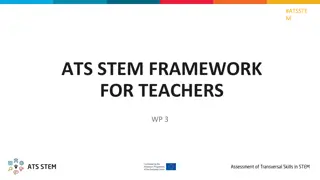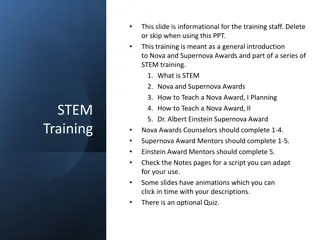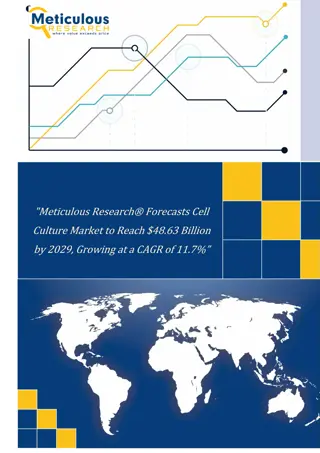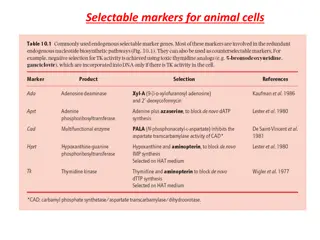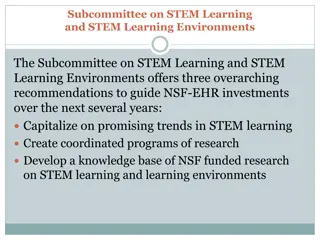Uncovering Fabricated Data in Stem Cell Research: The Haruko Obokata Scandal
Haruko Obokata, a promising stem cell researcher in Japan, faced allegations of data fabrication, leading to a significant research scandal. Post-publication peer review platforms like PubPeer, PubMed Commons, F1000 Research, and ResearchGate Open Review play vital roles in detecting and addressing such misconduct. Furthermore, studies exploring rewarding and rating peer review mechanisms highlight the impact of monetary compensation and social pressure on the efficiency and quality of peer review processes. Innovative approaches, such as badge systems for peer reviewers, are also being tested to enhance transparency and recognition in the peer review landscape.
Download Presentation

Please find below an Image/Link to download the presentation.
The content on the website is provided AS IS for your information and personal use only. It may not be sold, licensed, or shared on other websites without obtaining consent from the author.If you encounter any issues during the download, it is possible that the publisher has removed the file from their server.
You are allowed to download the files provided on this website for personal or commercial use, subject to the condition that they are used lawfully. All files are the property of their respective owners.
The content on the website is provided AS IS for your information and personal use only. It may not be sold, licensed, or shared on other websites without obtaining consent from the author.
E N D
Presentation Transcript
Remember this? Haruko Obokata, a stem cell researcher in Japan, touted as a rising star in the field, was discovered to have fabricated her data. How was this discovered? Post-Publication Peer Review http://chronicle.com/article/In-Japan-Research-Scandal/147417/
Post-Publication Peer Review PubPeer http://pubpeer.com/ External review of published articles. Notifies authors. Reviewers may be anonymous. PubMed Commons http://www.ncbi.nlm.nih.gov/pubmedcommons/ Comments on PubMed articles with names, usually informal. F1000 Research http://f1000research.com/ No pre-pub review, goes through open post-pub review & author revisions before finalizing. ResearchGate Open Review http://www.researchgate.net/publicliterature.OpenReviewInfo.html Users can comment on any article, comments linked to reviewer & article record in RG
Rewarding and Rating Peer Review Chetty, Saez, and Sandor (2014) experimented with reviewers at the Journal of Public Economics 4 groups of peer reviewers 6-week deadline 4-week deadline +$100 for meeting deadline 4-week deadline Social pressure (review times would be publicly posted) Fastest group: 4 weeks + $100 BUT, after the cash incentive period ended, members of this group were no slower than the 4-week deadline group Social pressure group also performed faster than 6-week deadline group Conclusion: Monetary compensation and social pressure can help incentivize peer review to occur more quickly BUT: at the expense of quality?? They measured quality, found no significant difference between cash incentive group and non-incentivized groups
Rewarding and Rating Peer Review Stockholm University Library and Ubiquity Press are experimenting with a badge system for peer review. Reviewers make their reviews public and put their names on the reviews. Authors rate the reviewers for helpfulness, clarity, etc. Reviewers get badges to display publicly on websites as well as an open and citable review for their CVs. Gamifying a system like this can seem distasteful to veteran peer reviewers, but they see that early career researchers are most interested in the system.
Neidenmark, Thomas; Edqvist, Karl; and Wincent, Martin.(2014, March). "True Benefits of Peer Review". Poster presented at the Library Publishing Forum, Kansas City, MO. http://dx.doi.org/10.7710/2162-3309/lpf.1013
Rubriq: Independent Peer Review Not associated with a specific journal Assessed according to a uniform rubriq Can be initiated by the author prior to submission to a journal Helps inform revisions prior to formal submission Will suggest appropriate journals for submission Targeted submissions can lead to quicker acceptance/publication Can be used by a journal to outsource peer review Peer reviewers are compensated financially
Rubriq Scorecard Quality of Research Hypothesis, objective, rationale Methods and data Interpretation Quality of Presentation Title, abstract, and introduction Results (text) Results (figures, graphs, and tables) Discussion Conclusions References Writing Novelty & Interest Novelty Interest
Public Library of Science: PLosOne Peer review assesses only the quality of the research methodology Technical soundness of the work Rigor of the analysis Adherence to data availability policy Clear use of English language Reviewed by: Board of Academic Editors (AEs) member can assign to self AEs can reach out to other members AEs can solicit additional referees
Postpublication Comments Registered users can comment on any article postpublication Commenters cannot be anonymous Users can report inappropriate comments for removal PLoS One staff have final say in removal of comments
PeerJ Selects articles based on scientific and methodological soundness and not impact Emphasizes Research integrity High ethical standards Constructive peer review Exemplary production quality Leading-edge online functionality Authors pay for a lifetime publishing plan rather than per article Encourages open peer review but standard is single-blind review: reviewers identify themselves and authors can opt to publish reviews alongside their article As part of publishing plan, must do one review per year (comment or formal review)
PeerJ Preprints Authors post preprints draft, incomplete, or final versions for comment All commenters are named PeerJ reserves the right to edit/remove a comment Authors can go on to submit these preprints to PeerJ or elsewhere for publication




